
Blog > What is Landscaping?
What is Landscaping?
The concept of a landscaping business is fairly recent, yet the craft itself is far from a novel concept. Despite appearing as a contemporary creation, the practice of landscaping in both public and private spaces has a history spanning centuries, embraced by various cultures. Landscaping held unique meanings and consisted of diverse components for each of these cultures.

Basic Elements of Landscaping
Before diving into the extensive history of landscape design, let's first examine the components that have been integral to lawns and gardens over time. These components fall into two main categories: softscaping and hardscaping. Softscaping refers to the living aspects of a landscape, encompassing trees, flowers, plants, shrubs, and similar elements. On the other hand, hardscaping includes inanimate features such as water fixtures, walkways, statues, terraces, and more. Both softscape and hardscape elements play crucial roles in landscape architecture, each contributing uniquely to the overall atmosphere and working in harmony to achieve the desired effect.
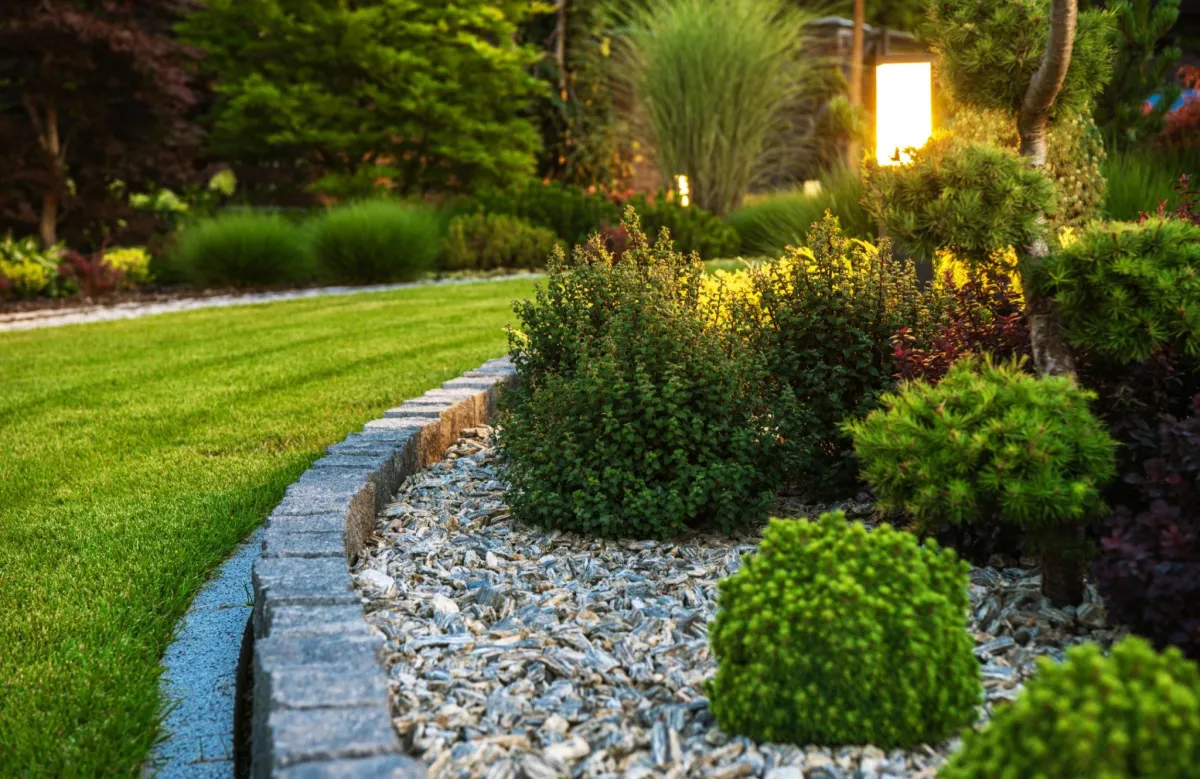
European Gardens
Many hold the view that the art of landscaping gained prominence during the era of ancient Rome. At that time, gardens were sanctuaries of tranquility, offering respite from the frenetic pace of urban life. These spaces typically incorporated designs that were steeped in religious and symbolic meanings, featuring a blend of softscape and hardscape components. The gardening styles of the Romans drew heavily from Greek, Egyptian, and Persian influences.
The practice of landscaping experienced a decline during the medieval period, only to resurface in popularity during the Renaissance. In this era, Italian landscaping evolved from simple gardens to include grand outdoor squares and opulent villas. Its popularity continued to rise, with designs becoming increasingly intricate and decorative. The 17th century in France saw the emergence of exemplary high-end landscaping, as evidenced by the gardens of Versailles and Vaux-le-Vicomte, crafted by Andre le Notre.
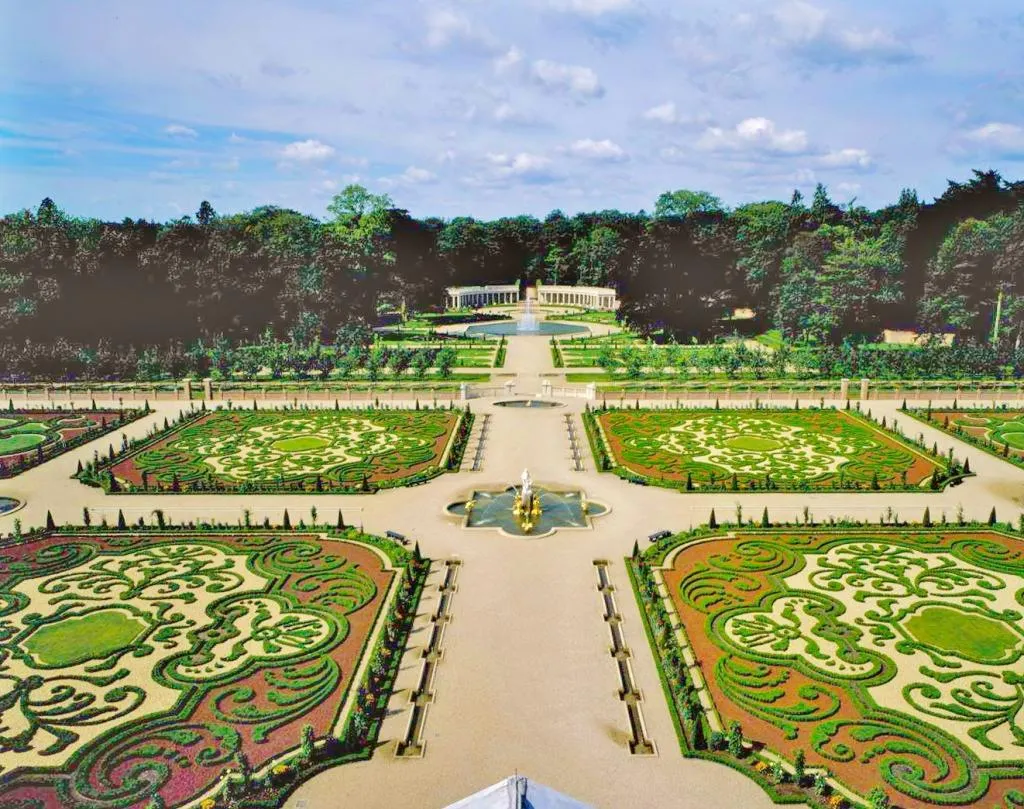
These particular designs sparked a wave of inspiration among 18th-century English landscapers, notably William Kent and Lancelot Capability Brown. These figures were responsible for creating numerous expansive parks, reimagining the grounds of Blenheim Palace, and skillfully blending architecture with the natural environment to achieve a harmonious effect.
Islamic Gardens
The gardens of Islam in the Middle East were areas designed for relaxation, contemplation, and to act as symbols of paradise. The concept of paradise was centered on elements like water, fruit-bearing trees, blossoms, and cool shade. In contrast to numerous European gardens designed for strolling, these Islamic gardens were intended for serene meditation and seated repose. Additionally, these gardens were typically surrounded by walls to isolate them from the harshness of the nearby terrain. Artificial structures such as pavilions provided shelter from the sun. Moreover, Islamic gardens displayed intricate architectural designs, often featuring fractal patterns and domed structures.

Asian Gardens
The meticulous documentation and preservation of Asian gardens and landscapes over time is notable. In Japan, the influence of dominant religions such as Shintoism, Taoism, and Zen Buddhism shaped the landscape design. Japanese gardens, including the serene rock and zen gardens, were crafted as tranquil spaces for contemplation or meditation. These gardens aimed to mirror the calmness of nature and offered a serene environment for introspective reflection. Common features in these gardens included elements like water bodies, cascades, rocks, bridges, foliage, and flora.
In China, the gardens, known as Chinese Scholar’s Gardens, were designed as places for both solitary and communal engagement with nature. These gardens were envisioned as spiritual havens, encouraging visitors to reconnect with nature, find harmony with their inner selves, and revive traditional values. A true Chinese garden required adherence to 17 essential design elements. Symbolism was key in the choice of plants, with bamboo being a ubiquitous presence, symbolizing strength and moral integrity.
The Neo Nusantara gardens in Malaysia, reflecting traditional Malaysian designs and cultural influences, emphasize outdoor living spaces. These gardens are designed to be tranquil retreats for relaxation and sensory rejuvenation. The Neo Nusantara style, with its unique approach to landscaping, has gained popularity globally.
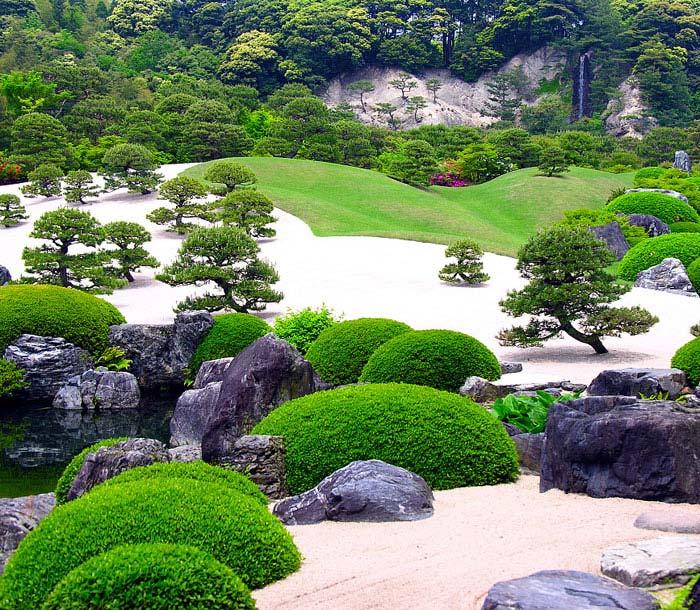
North American Landscapes
Most landscapes across North America were shaped by the influence of Sir Humphry Repton, known for designing both Birkenhead Park and Victoria Park in Liverpool. These two parks had a significant impact on the field of landscape architecture in both Canada and the United States.
Yet, it was Frederick Law Olmsted who earned the title of “Father of American Landscape Architecture.” Initially hesitant to accept this designation, his design philosophies eventually permeated American architectural styles, including those of the U.S. Capitol Grounds and New York's Central Park. Olmsted was renowned for his approach to creating functional, well-planned parks with abundant green spaces amidst urban structures. In 1899, he established the American Society of Landscape Architects in New York, which came to represent the majority of the profession in the United States. Following in his father's path, Frederick Law Olmsted’s son enrolled in the first landscape architecture course at Harvard University in 1900.
His pioneering efforts began to shape urban architecture in the 20th century, leading to the adoption of the L’Enfant Plan in 1901. Subsequently, cities like Cleveland and Chicago started employing landscape architects for the development of urban parks and residential areas. By 1902, urban planning emerged as a distinct academic discipline from landscape architecture. Nonetheless, landscape architecture continues to play a vital role in urban design and planning even today.
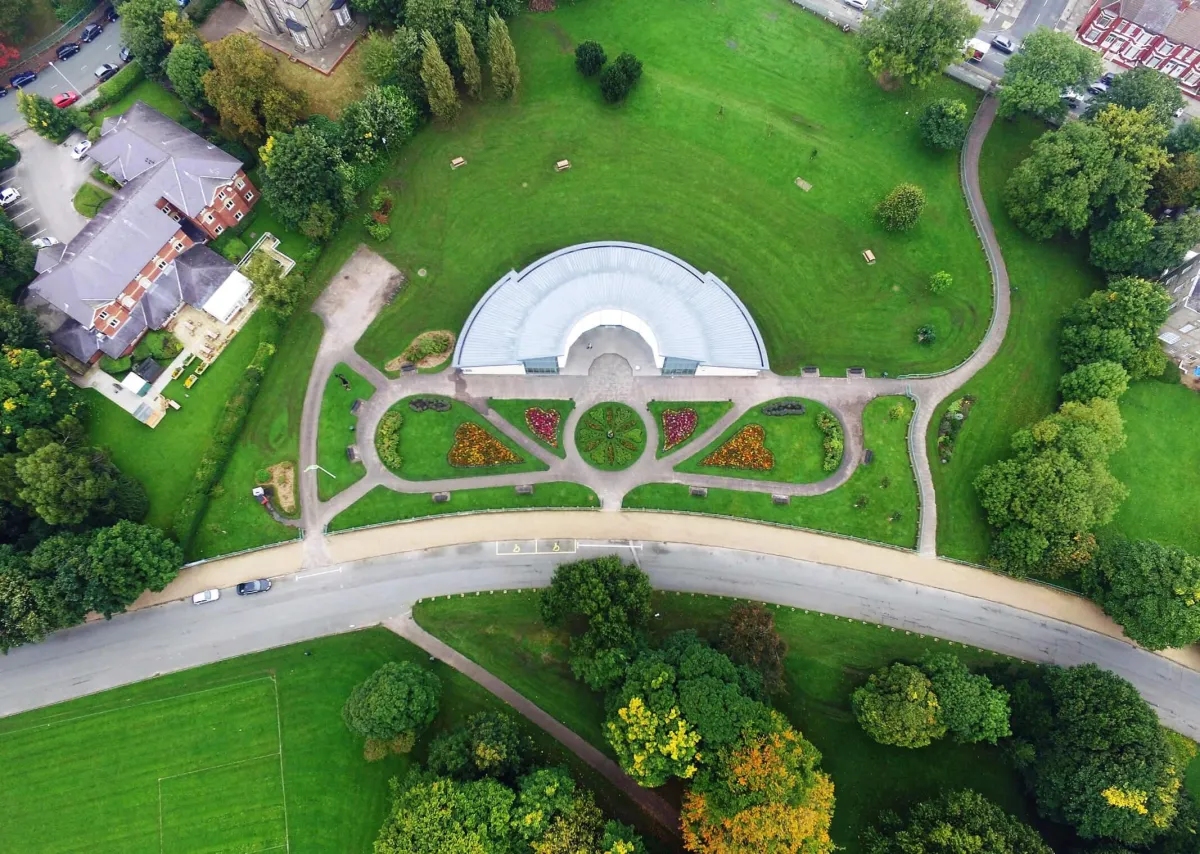
These particular designs sparked a wave of inspiration among 18th-century English landscapers, notably William Kent and Lancelot Capability Brown. These figures were responsible for creating numerous expansive parks, reimagining the grounds of Blenheim Palace, and skillfully blending architecture with the natural environment to achieve a harmonious effect.
The history of landscaping is extensive and diverse. Outdoor spaces have held various meanings for people around the globe, with many appreciating the calming influence of nature. From ancient Asia to modern America, high-end landscaping remains prevalent, with a current emphasis on residential projects. Regardless of the time or place, landscaping has consistently held a significant place in human history.
More Articles By Jesse's Landscaping
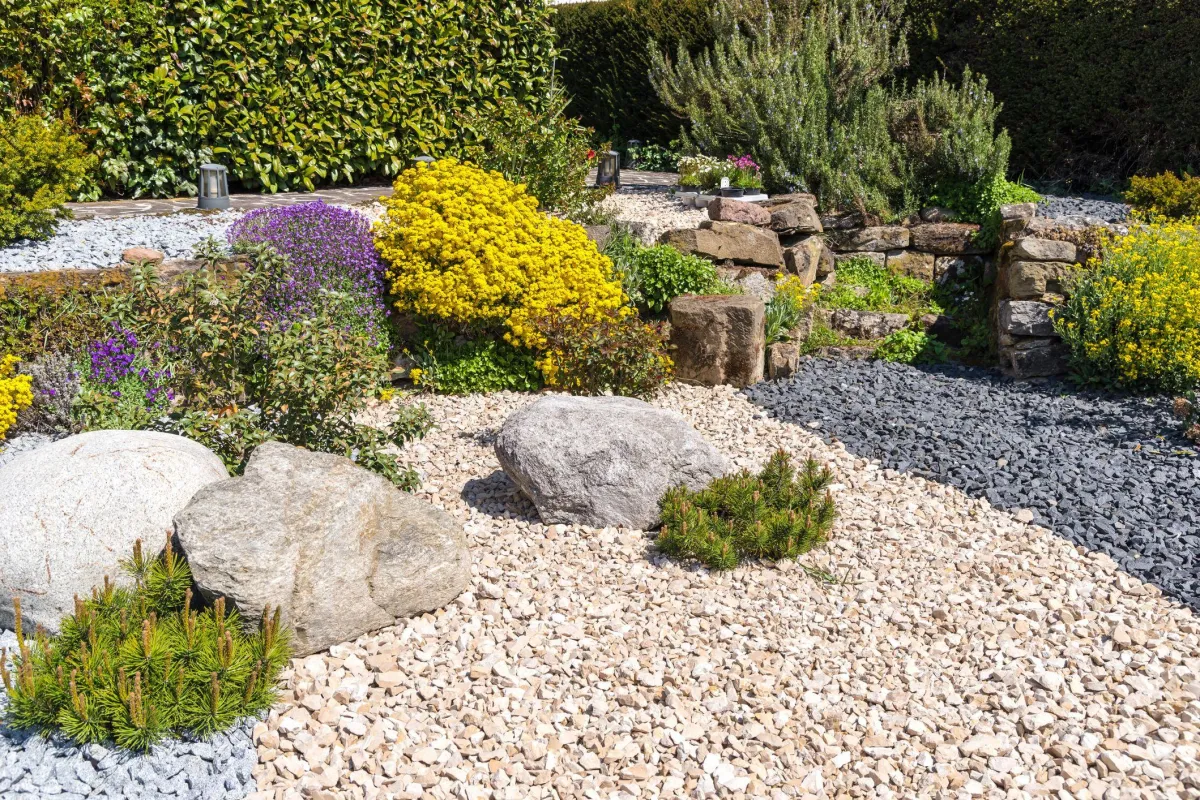
Gravel!
The Ultimate Guide to Gravel and Gravel Installation by Jesse's Landscaping
Introduction:
The Essentiality of Gravel in Modern Landscaping
Gravel, a seemingly simple material, plays a pivotal role in modern landscaping and construction projects. Its utility spans from creating drivable surfaces that stand up to heavy use, to enhancing the aesthetic appeal of gardens and public spaces. This guide aims to explore the essence of gravel, emphasizing its critical importance in both practical and decorative applications. By understanding the versatility and functionality of gravel, property owners can make informed decisions that leverage its benefits to the fullest. Jesse's Landscaping brings expertise and quality materials to the table, ensuring that any project involving gravel is not only visually appealing but also durable and sustainable.

Understanding Gravel: Types and Uses
Gravel's diversity is one of its most significant advantages. It comes in various forms, each suited to different applications. Pea gravel, with its smooth edges and array of colors, is perfect for creating inviting walkways and decorative garden beds. Crushed stone gravel, on the other hand, provides excellent drainage and strength, making it ideal for use in driveways and as a stable base for construction projects. River rock and marble chips introduce unique textures and colors for aesthetic landscaping projects. Understanding these types and their specific uses allows for optimal selection, ensuring that the gravel not only meets functional requirements but also complements the design aesthetic of the project.


The Environmental Benefits of Choosing Gravel
Opting for gravel in landscaping and construction projects offers significant environmental benefits. Gravel is a natural, permeable material that allows water to seep through to the soil beneath, reducing runoff and promoting natural groundwater recharge. Its use in erosion control is well documented, helping to stabilize soil and prevent loss during heavy rains. Additionally, gravel is often sourced from local quarries, reducing the carbon footprint associated with transportation. It’s also a durable material that requires minimal maintenance, further reducing the need for chemical treatments and water usage. Highlighting these environmental advantages underscores the role of gravel in sustainable design and construction practices, making it an attractive choice for eco-conscious individuals and businesses.
Innovative Gravel Solutions for Your Home or Business
Gravel, with its natural beauty and versatility, offers innovative solutions for enhancing both residential and commercial spaces. Here's a closer look at how gravel can be utilized creatively and effectively:

1. Eco-Friendly Permeable Driveways: Gravel driveways are not just aesthetically pleasing; they're also eco-friendly. Unlike solid paving surfaces, gravel allows rainwater to filter through the ground, reducing runoff and preventing erosion. This natural filtration process replenishes groundwater supplies and reduces the burden on stormwater systems. For homeowners and businesses looking to minimize their environmental footprint while maintaining a stylish appearance, gravel driveways are an excellent choice. They blend seamlessly with the natural landscape, offer superior drainage, and require minimal maintenance, making them a sustainable alternative to traditional paving materials.
2. Stylish Garden Paths: Gravel paths add a charming and rustic touch to garden landscapes, guiding visitors through the beauty of your outdoor spaces. The versatility of gravel means it can complement any garden style, from formal English gardens to casual cottage gardens. By selecting gravel in colors

that match or contrast with the surrounding landscape, you can create visually appealing pathways that enhance the garden's overall design. Gravel paths are not only beautiful but also functional, providing a stable and weed-resistant surface that can withstand foot traffic and the elements.
3. Creative Combinations with Landscaping Elements: Gravel's versatility extends to its ability to integrate with other landscaping elements, such as pavers, stepping stones, and plants. By combining gravel with pavers, you can create interesting patterns and textures that add depth to your outdoor space. Gravel serves as an excellent backdrop for showcasing plants, highlighting their colors and forms. This combination of materials can define spaces within a garden, create visual interest, and lead the eye through the landscape, offering endless possibilities for customization and creativity.
4. Inviting and Professional Business Landscaping: For businesses, gravel landscaping offers a low-maintenance, yet inviting and professional appearance. Gravel areas can be used to create outdoor seating areas, pathways, and decorative features that welcome customers and employees alike. The natural look of gravel can soften the appearance of commercial buildings, making them more approachable and aesthetically pleasing. Additionally, gravel's durability and ease of maintenance make it an economical choice for businesses looking to enhance their curb appeal without incurring high landscaping costs.

5. Low Maintenance Requirements: One of gravel's most appealing features is its low maintenance requirements. Unlike lawns or flower beds that require regular watering, mowing, and pruning, gravel areas need minimal
The Importance of Professional Gravel Installation
The installation of gravel, while appearing straightforward, demands precision and technical knowledge for optimal results. A professional installation by a reputable gravel company ensures that the gravel not only looks good upon completion but also remains functional and attractive over time. This involves

careful planning, from site assessment and preparation to the correct application of techniques for grading, compaction, and the establishment of a weed barrier. Such meticulous attention to detail prevents common issues like uneven surfaces, poor drainage, and weed growth, thereby extending the lifespan and preserving the beauty of the gravel area.
The Gravel Installation Process: Step-by-step
We adhere to a meticulous process to ensure every gravel project we undertake meets our high standards for quality, durability, and aesthetic appeal. Here's an insight into our detailed approach:
1. Initial Consultation and Site Evaluation: Our process begins with a comprehensive consultation to understand your vision and requirements. We then conduct a detailed evaluation of the site, considering factors like terrain, existing vegetation, and drainage. This initial step is crucial for planning the project scope, selecting the appropriate type of gravel, and determining any preparatory work needed to ensure a successful installation.
2. Site Preparation: Proper site preparation is the foundation of a long-lasting gravel installation. Our team carefully clears the area of weeds, debris, and any old materials. We may also excavate to the required depth to accommodate both the gravel and a base layer, if necessary, ensuring a level surface to prevent water accumulation and ensure uniform gravel distribution.
3. Weed Barrier Installation: To maintain the integrity and appearance of your gravel area, we install a high-quality weed barrier. This barrier is essential for preventing weed growth and ensuring the gravel remains clean and neat. We meticulously overlap the barrier material and secure it, ensuring complete coverage and protection against unwanted vegetation.
4. Gravel Selection: Selecting the right gravel is paramount to the project's success. Our expertise in gravel types, sizes, and colors allows us to recommend the best options to meet your project's functional needs and aesthetic goals. Whether for a pathway, driveway, or decorative feature, we guide you through choosing the gravel that complements your landscape perfectly.
5. Precise Gravel Calculation and Ordering: Our team calculates the exact amount of gravel required for your project, considering the depth and total coverage area. We always recommend ordering a slightly higher quantity to account for settling and compaction. Our experience ensures you get the right amount of gravel without unnecessary excess.
6. Expert Gravel Laying: We begin the gravel laying process by evenly distributing the gravel over the prepared site and underlayment. Our skilled team uses techniques to ensure a uniform layer, carefully spreading the gravel to achieve the desired depth and coverage, thus ensuring the area's functionality and visual appeal.
7. Professional Compaction: Proper compaction is key to creating a stable and durable gravel surface. We use professional-grade equipment to compact the gravel, doing so in layers for optimal stability. This step is crucial for driveways and high-traffic areas, ensuring the gravel withstands use and the elements.
8. Finishing Touches and Detailed Inspection: The final step involves adding any finishing touches, such as edging, to keep the gravel contained and give the project a polished look. Our team conducts a thorough inspection, making any necessary adjustments to ensure the area meets our standards and your satisfaction.
At our gravel installation company, we pride ourselves on delivering projects that blend seamlessly with your overall landscape design, providing functionality, beauty, and value to your property. Our detailed, professional approach guarantees a gravel installation that you'll enjoy for years to come.

Choosing the Right Gravel Company: What to Look For
The success of your gravel project largely depends on the gravel company you choose. It's vital to select a provider that not only offers a wide variety of high-quality gravel but also brings expertise and reliability to the table. Consider factors such as the company's experience in the industry, the range of projects they have completed, and feedback from previous customers. A reputable company should be transparent about their sourcing of materials and committed to environmental sustainability. They should also provide comprehensive consultation services to help you select the ideal gravel type for your specific project needs. By prioritizing these factors, you can ensure that your project is in capable hands, resulting in a functional and visually pleasing outcome.
Contact Us
Service Hours
Mon-Fri 8am- 5pm
Sat-Sun Closed except for appointments

Blog > What is Landscaping?
What is Landscaping?

The concept of a landscaping business is fairly recent, yet the craft itself is far from a novel concept. Despite appearing as a contemporary creation, the practice of landscaping in both public and private spaces has a history spanning centuries, embraced by various cultures. Landscaping held unique meanings and consisted of diverse components for each of these cultures.
Basic Elements of Landscaping
Before diving into the extensive history of landscape design, let's first examine the components that have been integral to lawns and gardens over time. These components fall into two main categories: softscaping and hardscaping. Softscaping refers to the living aspects of a landscape, encompassing trees, flowers, plants, shrubs, and similar elements. On the other hand, hardscaping includes inanimate features such as water fixtures, walkways, statues, terraces, and more. Both softscape and hardscape elements play crucial roles in landscape architecture, each contributing uniquely to the overall atmosphere and working in harmony to achieve the desired effect.

European Gardens
Many hold the view that the art of landscaping gained prominence during the era of ancient Rome. At that time, gardens were sanctuaries of tranquility, offering respite from the frenetic pace of urban life. These spaces typically incorporated designs that were steeped in religious and symbolic meanings, featuring a blend of softscape and hardscape components. The gardening styles of the Romans drew heavily from Greek, Egyptian, and Persian influences.
The practice of landscaping experienced a decline during the medieval period, only to resurface in popularity during the Renaissance. In this era, Italian landscaping evolved from simple gardens to include grand outdoor squares and opulent villas. Its popularity continued to rise, with designs becoming increasingly intricate and decorative. The 17th century in France saw the emergence of exemplary high-end landscaping, as evidenced by the gardens of Versailles and Vaux-le-Vicomte, crafted by Andre le Notre.

These particular designs sparked a wave of inspiration among 18th-century English landscapers, notably William Kent and Lancelot Capability Brown. These figures were responsible for creating numerous expansive parks, reimagining the grounds of Blenheim Palace, and skillfully blending architecture with the natural environment to achieve a harmonious effect.
Islamic Gardens
The gardens of Islam in the Middle East were areas designed for relaxation, contemplation, and to act as symbols of paradise. The concept of paradise was centered on elements like water, fruit-bearing trees, blossoms, and cool shade. In contrast to numerous European gardens designed for strolling, these Islamic gardens were intended for serene meditation and seated repose. Additionally, these gardens were typically surrounded by walls to isolate them from the harshness of the nearby terrain. Artificial structures such as pavilions provided shelter from the sun. Moreover, Islamic gardens displayed intricate architectural designs, often featuring fractal patterns and domed structures.

Asian Gardens
The meticulous documentation and preservation of Asian gardens and landscapes over time is notable. In Japan, the influence of dominant religions such as Shintoism, Taoism, and Zen Buddhism shaped the landscape design. Japanese gardens, including the serene rock and zen gardens, were crafted as tranquil spaces for contemplation or meditation. These gardens aimed to mirror the calmness of nature and offered a serene environment for introspective reflection. Common features in these gardens included elements like water bodies, cascades, rocks, bridges, foliage, and flora.
In China, the gardens, known as Chinese Scholar’s Gardens, were designed as places for both solitary and communal engagement with nature. These gardens were envisioned as spiritual havens, encouraging visitors to reconnect with nature, find harmony with their inner selves, and revive traditional values. A true Chinese garden required adherence to 17 essential design elements. Symbolism was key in the choice of plants, with bamboo being a ubiquitous presence, symbolizing strength and moral integrity.
The Neo Nusantara gardens in Malaysia, reflecting traditional Malaysian designs and cultural influences, emphasize outdoor living spaces. These gardens are designed to be tranquil retreats for relaxation and sensory rejuvenation. The Neo Nusantara style, with its unique approach to landscaping, has gained popularity globally.

North American Landscapes
Most landscapes across North America were shaped by the influence of Sir Humphry Repton, known for designing both Birkenhead Park and Victoria Park in Liverpool. These two parks had a significant impact on the field of landscape architecture in both Canada and the United States.
Yet, it was Frederick Law Olmsted who earned the title of “Father of American Landscape Architecture.” Initially hesitant to accept this designation, his design philosophies eventually permeated American architectural styles, including those of the U.S. Capitol Grounds and New York's Central Park. Olmsted was renowned for his approach to creating functional, well-planned parks with abundant green spaces amidst urban structures. In 1899, he established the American Society of Landscape Architects in New York, which came to represent the majority of the profession in the United States. Following in his father's path, Frederick Law Olmsted’s son enrolled in the first landscape architecture course at Harvard University in 1900.
His pioneering efforts began to shape urban architecture in the 20th century, leading to the adoption of the L’Enfant Plan in 1901. Subsequently, cities like Cleveland and Chicago started employing landscape architects for the development of urban parks and residential areas. By 1902, urban planning emerged as a distinct academic discipline from landscape architecture. Nonetheless, landscape architecture continues to play a vital role in urban design and planning even today.

These particular designs sparked a wave of inspiration among 18th-century English landscapers, notably William Kent and Lancelot Capability Brown. These figures were responsible for creating numerous expansive parks, reimagining the grounds of Blenheim Palace, and skillfully blending architecture with the natural environment to achieve a harmonious effect.
The history of landscaping is extensive and diverse. Outdoor spaces have held various meanings for people around the globe, with many appreciating the calming influence of nature. From ancient Asia to modern America, high-end landscaping remains prevalent, with a current emphasis on residential projects. Regardless of the time or place, landscaping has consistently held a significant place in human history.
Contact Us
1 330-590-5634
4526 Mark Trail
Copley, OH
Service Hours
Mon-Fri 8am- 5pm
Sat-Sun Closed except for appointments
Google Business

2025 | Jesse's Landscaping | Rights Reserved


